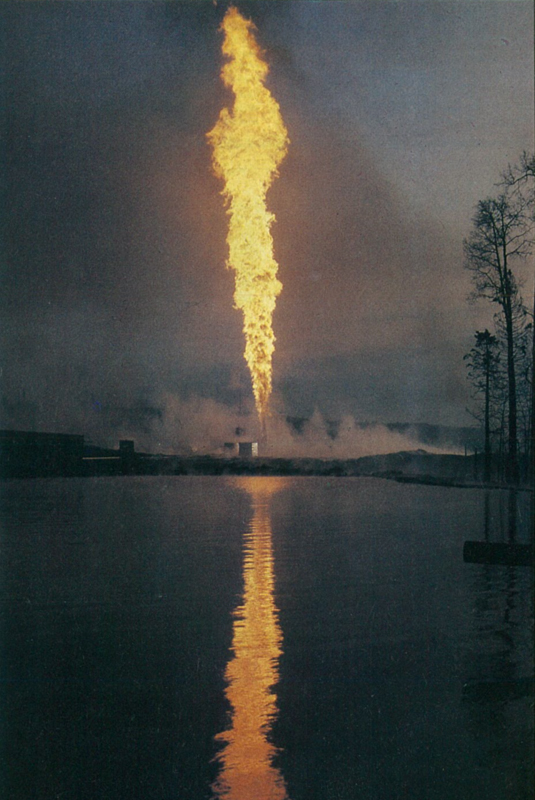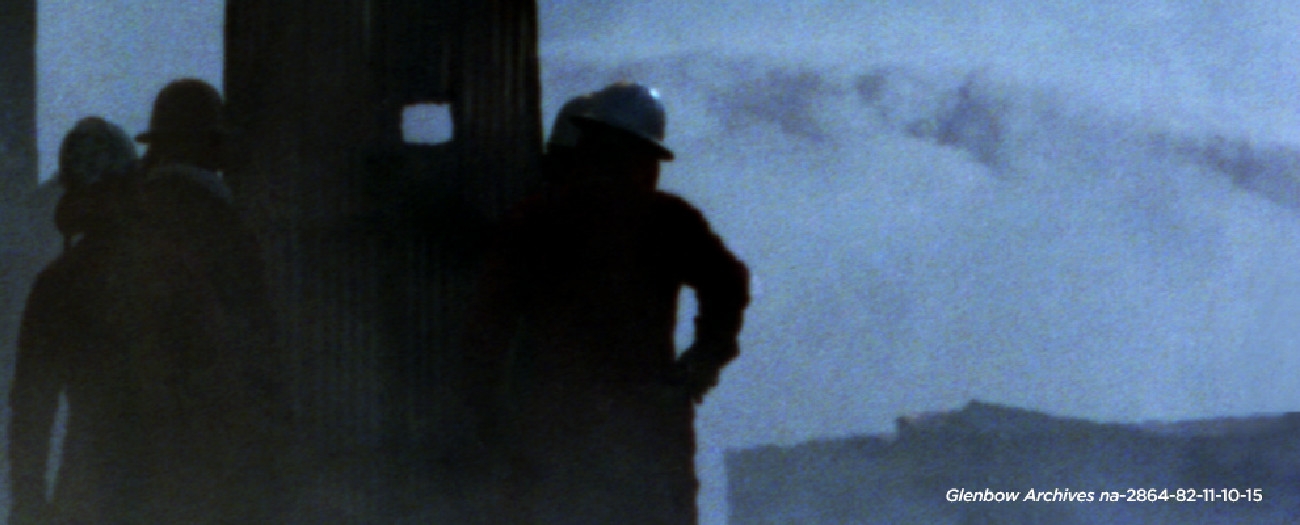Alberta’s worst-ever well blowout was capped 35 years ago this week
Alberta - December 17, 2017On a chilly December 23, 1982, teams from Texas-based Boots & Coots and Canadian well-control specialists Safety Boss snuffed out one of the worst well blowouts in Alberta history at Lodgepole, near Drayton Valley. The Amoco Canada-operated well raged for 67 days, claiming the lives two workers.

Once the smoke cleared, the Alberta Energy Regulator’s predecessor, the Energy Resources Conservation Board (ERCB), held an inquiry to probe the causes and lessons of Lodgepole, which led to stricter regulations around the development of oil and gas containing hydrogen sulphide.
Below is a telling of the Lodgepole incident, lifted from the pages of Steward, a book published by the ERCB to mark 75 years of energy regulation in Alberta.
At 2:30 p.m. on October 17, 1982, in a bush area known as Lodgepole, 130 kilometres southwest of Edmonton, a well blew out after the drill bit penetrated a witch’s brew of methane, hydrogen sulphide, and liquid hydrocarbon vapour. The dangerous combination, located in a large geological reservoir 3000 metres beneath the drilling rig, caused monster volumes of hazardous materials to rocket up out of the well bore.
According to ERCB estimates, 50 million cubic feet of gas and 6650 barrels per day of condensate or natural gasoline spewed into the atmosphere. That much clean natural gas could satisfy the wintertime daily heating and cooking fuel needs of 2500 typical Alberta households.
The blowout’s hydrocarbon vapour content, if condensed, could have filled an Olympic-sized swimming pool every two days. It took 67 days to regain control of the well and stop the runaway flows, but not before two wild-well tamers from Texas died on the job. The estimated economic cost of the disaster, from lost production to wrecked equipment and evacuation expenses, ran into hundreds of millions of dollars.
According to ERCB estimates, 50 million cubic feet of gas and 6650 barrels per day of condensate or natural gasoline spewed into the atmosphere.
Blowouts were nothing new to the industry. However, the Lodgepole calamity was in a class of its own because of the tremendously high concentrations of hydrogen sulphide in the reservoir — 25 per cent, or 250 000 parts per million (ppm). To put that number in context, occupational health and safety codes consider a hydrogen sulphide concentration of 10 ppm acceptable for workers putting in eight-hour shifts. Exposure to 700 ppm or more causes permanent brain damage and death unless a victim is immediately rescued.
Just slightly heavier than air, the billowing cloud of hydrogen sulphide rapidly dispersed across the region. In inhabited areas near the well, the highest concentration detected by pollution monitoring devices was 30 ppm. The closest residents complained of headaches, eye irritation, sore throats, bleeding noses in children, shortness of breath, lost appetite, nausea, diarrhea, listlessness, insomnia, stomach cramps, and gas pains. But only 28 individuals and 4 families accepted the company’s offer to evacuate them from the area and pay the cost of accommodation a safe distance from the blowout. Farmers said livestock suffered runny eyes and noses, coughing, reduced appetite, digestive problems, and reduced weight gain.
Concentrations of hydrogen sulphide drop rapidly as the gas disperses into the atmosphere. By the time the hydrogen sulphide reached Edmonton, citizens were exposed to 0.5 ppm and in Calgary 0.3 ppm. But even a whiff at 1 ppm of the chemical’s rotten-egg odour offends all but the dullest sense of smell. Refined noses wrinkle at levels measured in parts per billion. In the aftermath of the Lodgepole blowout, 1477 Edmonton and Calgary residents were frightened and annoyed enough to make formal complaints to public health authorities.
Resource Editor


